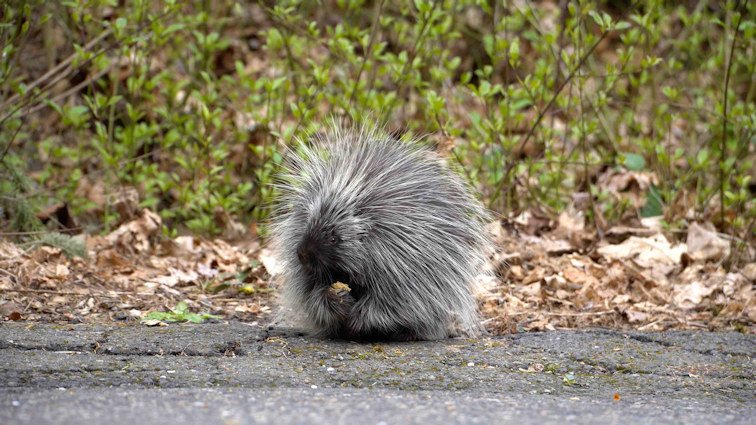Travel
You can help save Oregon wildlife during summer travels, using your phone to – get this – take photos of roadkill – KTVZ

Mapping project aims to find top-priority spots for safer wildlife crossings – and not just for deer, elk
PORTLAND, Ore. (KTVZ) — As Oregonians hit the road for summer fun, wildlife officials are urging them to photograph an unlikely, if not downright gross subject: roadkill. The Beaver State has the highest rate of wildlife-vehicle collisions on the West Coast, but a new initiative aims to make roads safer for both animals and people.
The iNaturalist Roadkills of Oregon project — a collaboration between Oregon’s Department of Fish & Wildlife and the Oregon Zoo — lets people send reports and photos of roadkill directly to state biologists. When it’s safe to do so, users can pull over, snap a photo, and upload the pictures along with identifying information of animals they see.
That data will be used to map roadkill hotspots, and help the state prioritize where to take action.
“To save wildlife, we have to help animals avoid roads,” said Rachel Wheat, ODFW connectivity biologist. “And to do that, we need to know where the deadliest roads are.”
Currently, the state only tracks road fatalities involving large animals like deer and elk. But crossings can be just as deadly for countless other species, especially along important migratory routes. Each year, Oregon’s roads claim the lives of hundreds of thousands of animals, from butterflies to bears. For some wildlife populations, like Portland’s red-legged frogs, the consequences can be devastating.
To reach their breeding ponds, the frogs must cross two roads, a highway and train tracks. As a result, their population has faced a steep decline.
“Crossing structures, underpasses, culverts and even simple things like strategically placed plants can save lives, for both people and wildlife,” Wheat said. “The structures can also be big and expensive, so it’s critical to put them in the places where they’re most needed. This project helps us figure out where those places are.”
“Roadkills are sad and dangerous — nobody wants to see wildlife that way,” said Oregon Zoo conservation manager Shervin Hess. “This project gives Oregonians a chance to be a part of the solution and help make our state safer for us all.”
To download the free app and find instructions for submitting reports, visit myodfw.com/articles/roadkills-oregon.







:max_bytes(150000):strip_icc()/roundup-writereditor-loved-deals-tout-f5de51f85de145b2b1eb99cdb7b6cb84.jpg)


